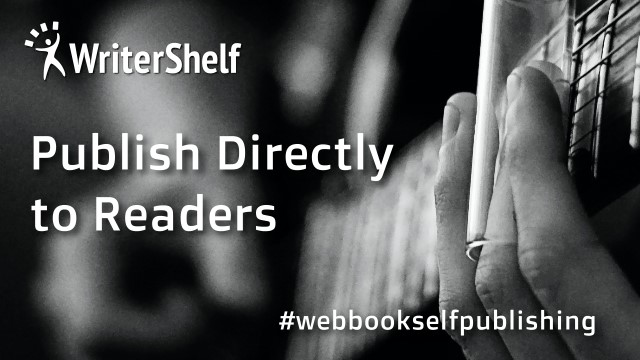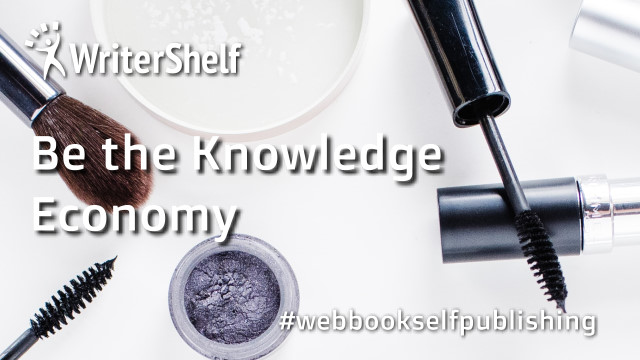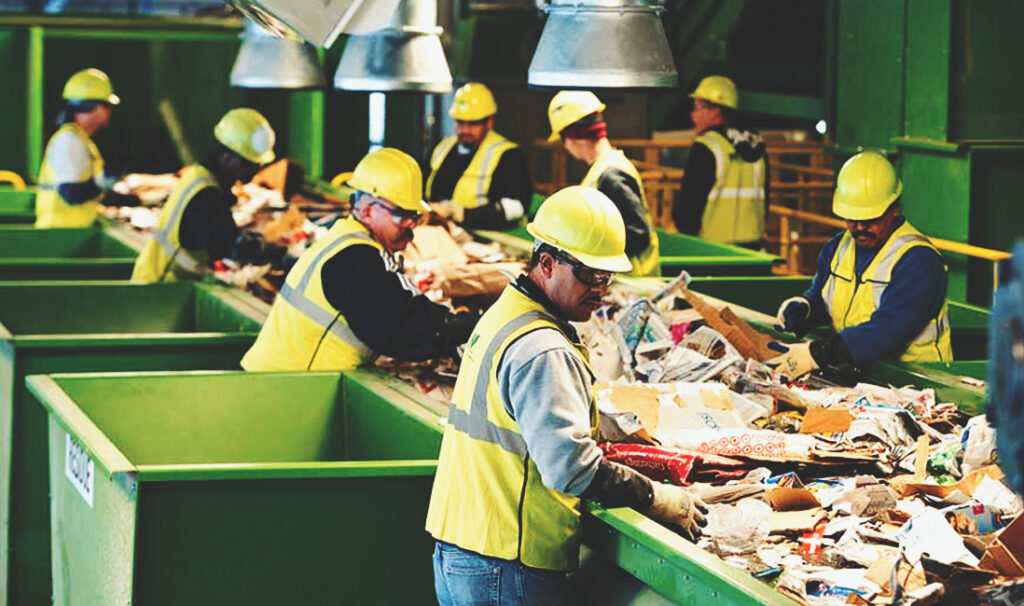Exploring the Future of Website Design Company Services and Trends?
13
0
·
2025/07/24
·
6 mins read
☕
WriterShelf™ is a unique multiple pen name blogging and forum platform. Protect relationships and your privacy. Take your writing in new directions. ** Join WriterShelf**
WriterShelf™ is an open writing platform. The views, information and opinions in this article are those of the author.
Article info
Tags:
Total: 1270 words
Like
or Dislike
More from this author
More to explore











In this blog, let’s take a closer look at where website design is headed, what new services companies are offering, and which trends are shaping the future of digital experiences. Whether you’re a business owner, marketer, or designer, these insights will help you understand what’s next — and why it matters.
Why website design keeps evolving
Websites are no longer just digital brochures. They’re living, interactive spaces where customers:
✅ Discover brands
✅ Make purchases
✅ Ask questions
✅ Build trust and loyalty
That’s why website design company services keep growing beyond visuals alone. Modern agencies now blend creativity, strategy, technology, and user experience to create websites that truly serve brands and visitors alike.
Trend #1: From design to digital strategy
In the past, many businesses hired website designers mainly to “make it look good.” But today, that’s just the starting point.
Future-ready website design company services often include:
Market and audience research
Competitor analysis
SEO and content strategy
Conversion rate optimisation
Brand messaging workshops
These services help make sure your website isn’t just pretty — it’s also purposeful and aligned with your business goals.
Trend #2: AI-driven design and smarter user experiences
Artificial intelligence (AI) is changing almost every industry, and website design is no exception. Leading design companies are starting to use AI tools for:
✅ Faster prototyping and wireframing
✅ Personalised user experiences based on behaviour
✅ AI chatbots that offer instant help
✅ Predictive analytics to understand what visitors want
For example, your website could automatically show different home page banners depending on whether a visitor is a first-timer or a returning customer. AI makes these experiences scalable and data-driven — something that felt futuristic just a few years ago.
Trend #3: Mobile-first and micro-interactions
More people browse the web on phones than desktops today, and that’s not changing anytime soon.
Website design company services now focus heavily on:
Designing for small screens first (mobile-first design)
Creating quick-loading pages
Adding micro-interactions (like button animations, hover effects, loading indicators) to make websites feel dynamic
These small touches keep users engaged and guide them smoothly through your content.
Trend #4: Accessibility and inclusive design
Web accessibility — making sure everyone, including people with disabilities, can use your site — isn’t optional anymore. It’s a vital part of professional design.
Leading agencies now offer:
✅ Accessibility audits
✅ Designing for screen readers
✅ High-contrast designs for visually impaired users
✅ Clear, simple navigation structures
This isn’t just about compliance; it’s about creating digital spaces that welcome everyone.
Trend #5: Headless CMS and flexible content
Traditional websites often mix design and content in one system. But many companies now choose “headless” CMS solutions, which separate content from design.
This makes it easier to:
Quickly redesign without rewriting content
Publish the same content to your website, mobile app, and even voice assistants
Scale as your business grows
Website design companies increasingly help brands set up and manage these modern content systems.
Trend #6: Design systems for consistency and speed
A design system is like a style guide, but smarter. It includes:
✅ Colour palettes
✅ Typography
✅ Button styles
✅ Reusable components
More agencies are building custom design systems for clients, so brands can stay consistent even as they update or expand websites over time. This saves time, keeps everything on-brand, and makes collaboration easier.
Trend #7: Sustainability and performance-focused design
Websites consume energy, and large, heavy pages contribute to digital carbon footprints. Modern design companies now:
Optimise images and code for speed
Use cleaner, more efficient hosting
Advise clients on sustainable design choices
Fast-loading, lightweight websites aren’t just good for the environment — they’re also better for SEO and user satisfaction.
What new services are website design companies adding?
To stay relevant, many website design companies have expanded beyond traditional design. Some common additions:
✅ Content strategy and copywriting
✅ Branding and visual identity creation
✅ Photography and video production
✅ SEO and digital marketing support
✅ Maintenance and security updates
✅ Analytics and data dashboards
These extras help businesses get everything in one place — saving time and ensuring consistency.
Why user experience (UX) matters more than ever
Trends come and go, but one thing stays the same: websites need to feel easy and intuitive.
Great UX design:
Helps visitors find what they’re looking for faster
Makes websites feel welcoming and professional
Reduces bounce rates and increases conversions
Future website design company services will likely include deeper UX research, user testing, and even more data-driven design decisions.
Personalisation: the next frontier
Imagine visiting a website and seeing content, products, or messages tailored just for you. Personalisation is becoming more common, thanks to tools like AI and smart analytics.
Examples include:
✅ Recommending products based on browsing history
✅ Showing location-specific offers
✅ Welcoming returning visitors by name
Website design companies now help brands plan and implement these personalised touches.
The rise of no-code tools (and what it means)
Platforms like Webflow, Wix, and Squarespace have made it easier to build good-looking websites without deep coding skills.
Many agencies use these tools to:
✅ Deliver projects faster
✅ Reduce costs for smaller businesses
✅ Empower clients to make updates themselves
The future will likely see a mix: high-end custom development for complex needs and no-code platforms for simpler projects.
Collaboration tools and transparent processes
Clients today want to be part of the process. Many website design companies now:
Use project management tools like Trello or Asana
Share live design files via Figma
Hold regular feedback calls or workshops
This makes projects smoother, avoids surprises, and ensures the final website reflects your vision.
The future: websites as part of a bigger ecosystem
Websites no longer stand alone. They connect with:
✅ Social media platforms
✅ Email marketing tools
✅ CRMs and sales dashboards
✅ Ecommerce systems
Modern design companies help brands build these connections, turning websites into powerful business hubs rather than static pages.
How to choose a future-ready design partner
If you’re thinking about working with a website design company, look for teams that:
✅ Talk about strategy, not just visuals
✅ Offer ongoing support and updates
✅ Understand new trends like AI, headless CMS, or accessibility
✅ Care about your brand’s goals and audience
Ask about their process, examples of modern projects, and how they keep learning.
What this means for businesses
All these trends and services might sound complex, but the takeaway is simple:
Your website isn’t just a one-time expense — it’s an evolving part of your business strategy.
The right design partner can help you:
Adapt to new technologies
Stay competitive
Serve your customers better
The role of creativity in a changing world
Even as tools and trends evolve, creativity remains at the heart of great website design. Websites built with care, originality, and understanding of your brand will always stand out.
Modern design companies blend:
✅ Data and analytics
✅ AI and automation
✅ Original design thinking
That’s how they create digital experiences that feel both personal and professional.
Final thoughts:
The future of website design company services isn’t just about new technologies — it’s about combining those tools with human creativity and understanding.
Whether it’s AI-driven personalisation, mobile-first design, or building more inclusive sites, the goal stays the same: to help brands tell their story and serve their audience better.
If you’re planning a new website or redesign, think beyond today. Ask your potential Top Web Design Agency how they’ll help you stay future-ready. Because in the fast-moving digital world, your website isn’t just for now — it’s an investment in what’s next.